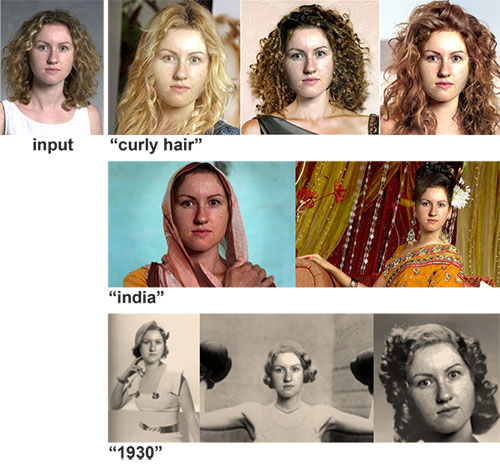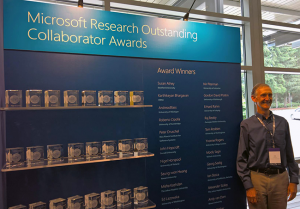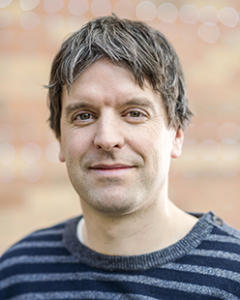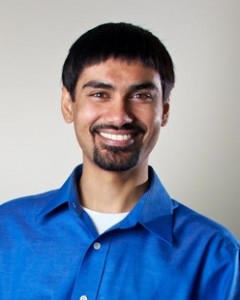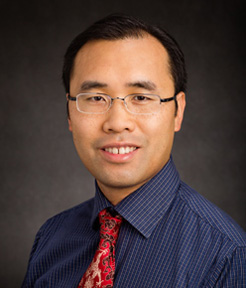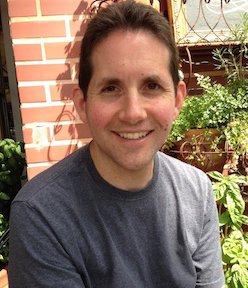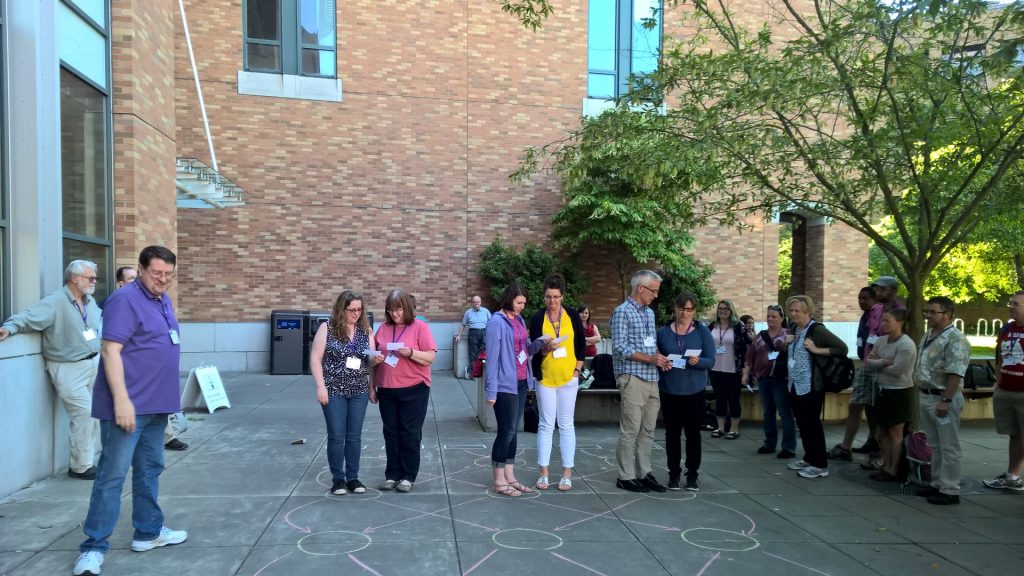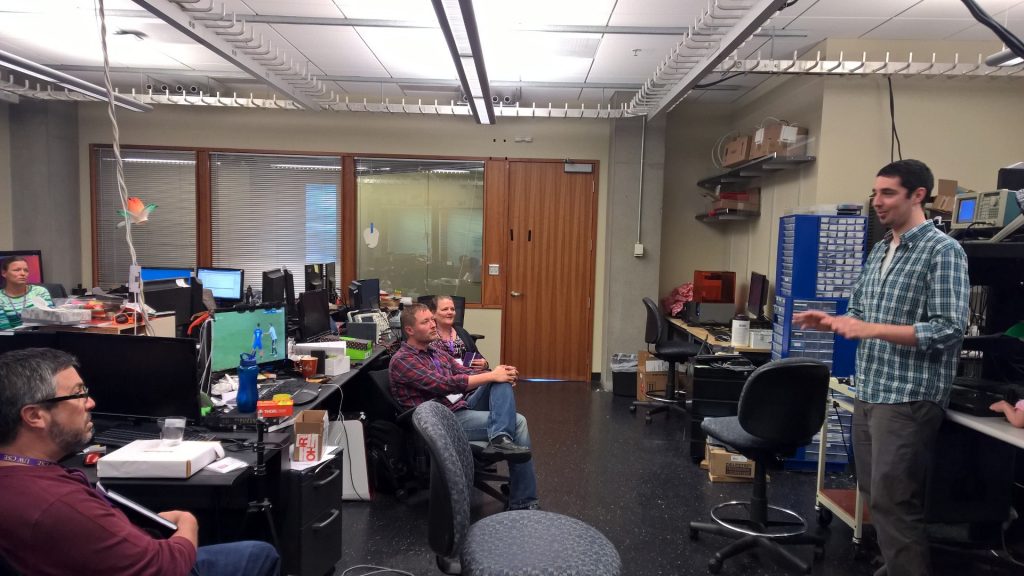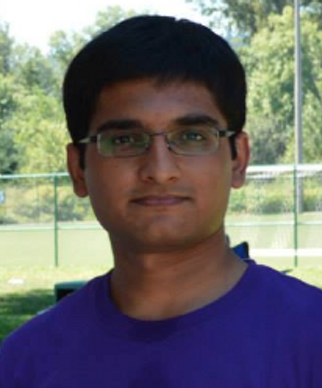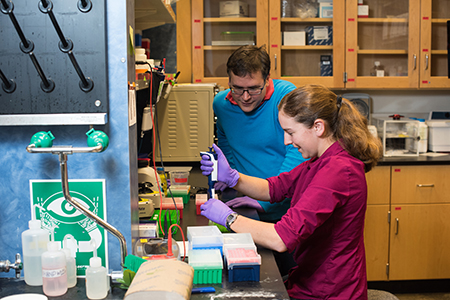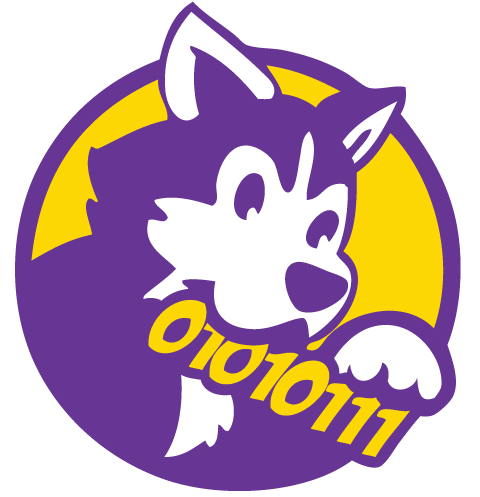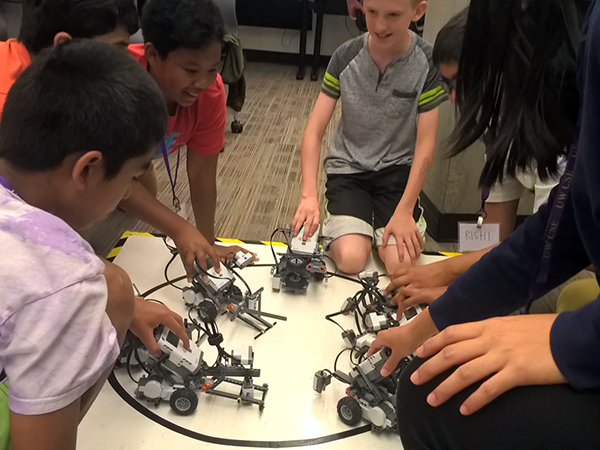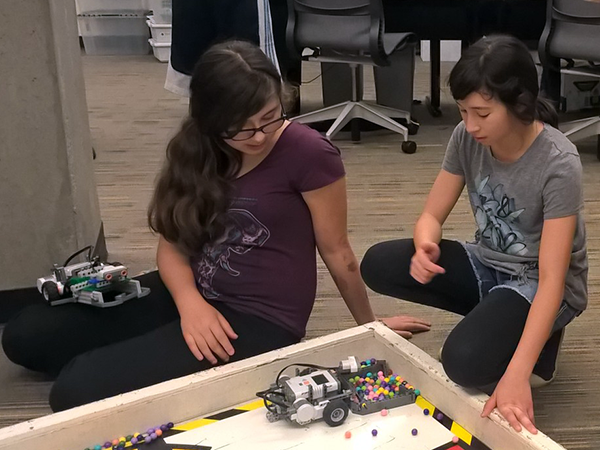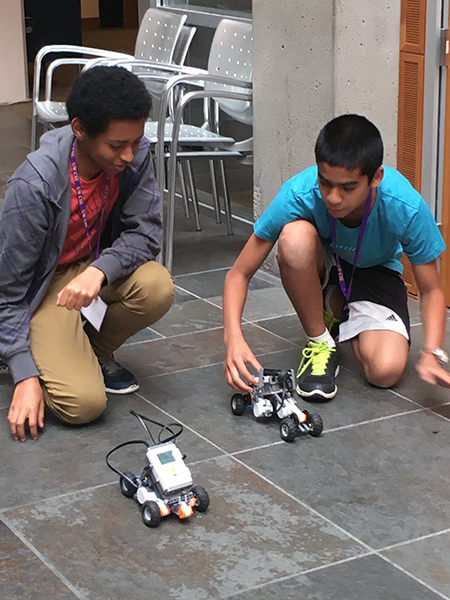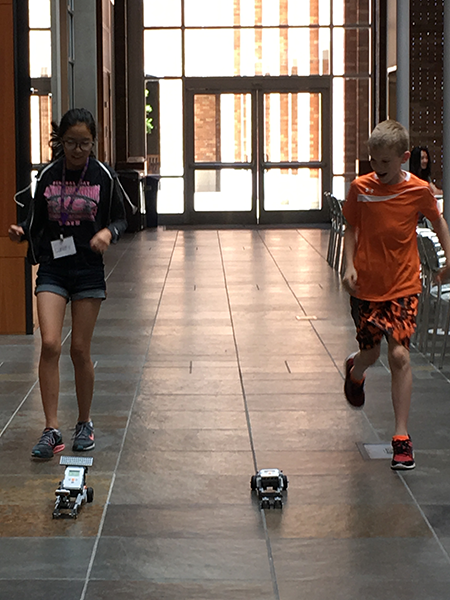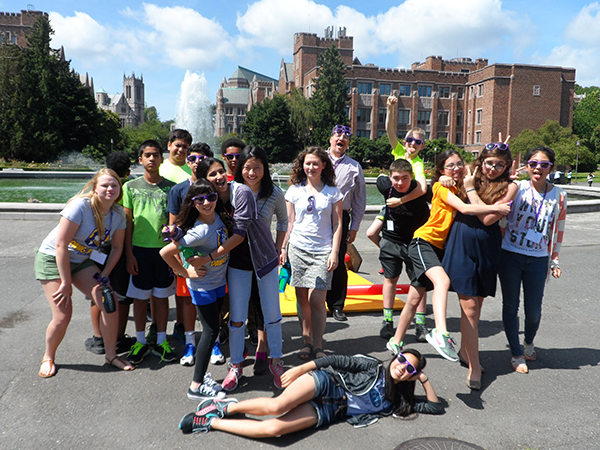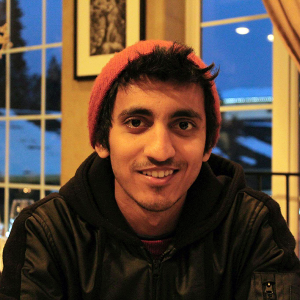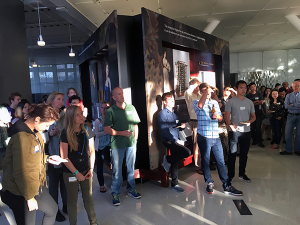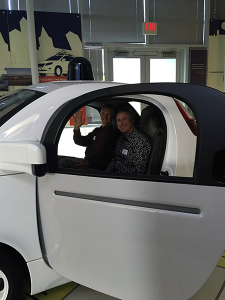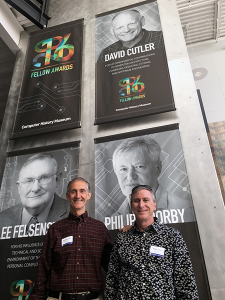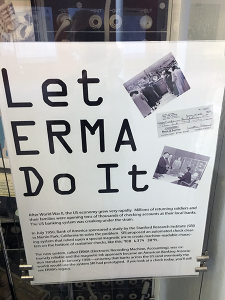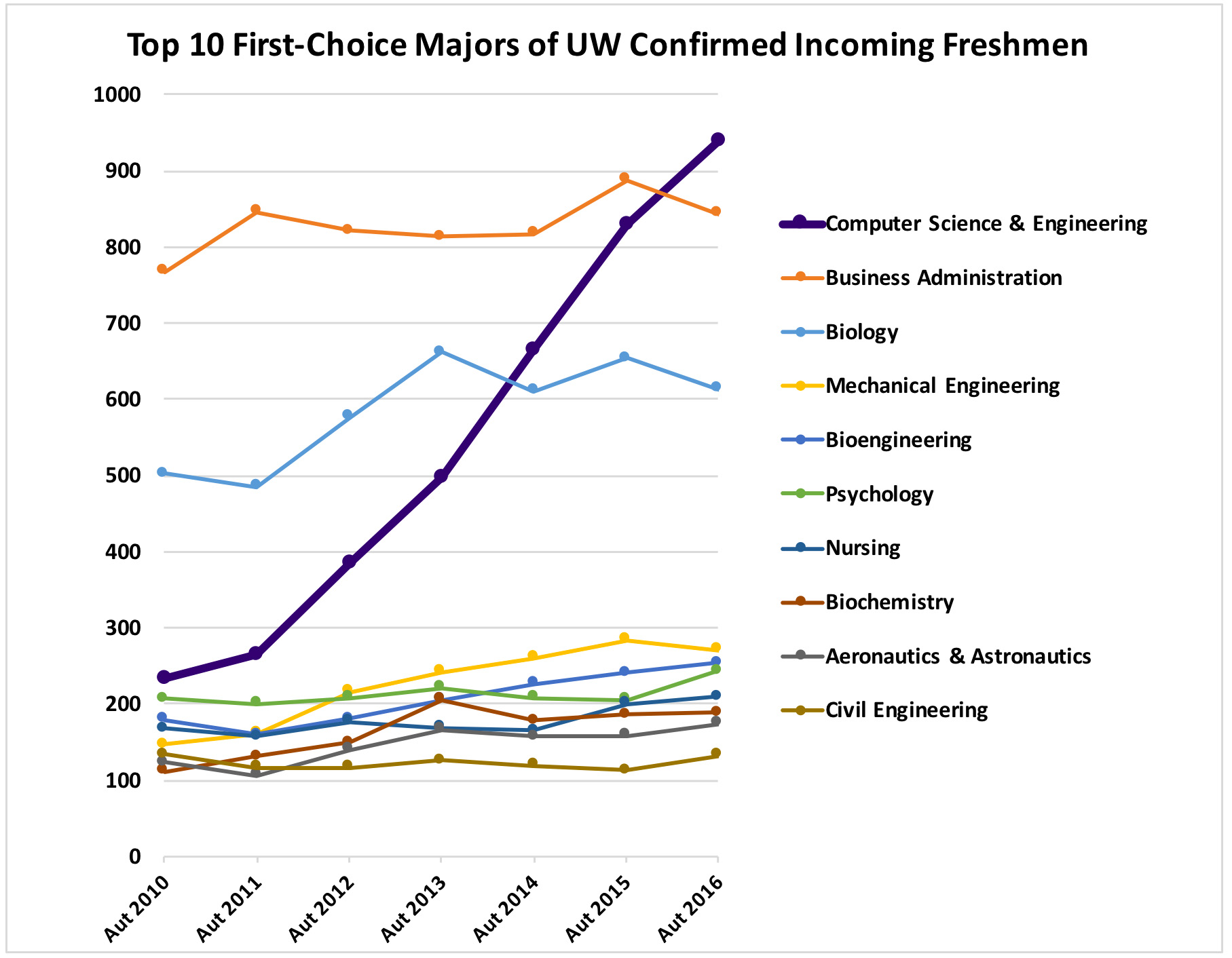Have you ever wondered what you would look like with a different hairstyle or if you were born in a different historical period? Now you can find out thanks to new imaging software created by UW CSE professor Ira Kemelmacher-Shlizerman.
Dreambit enables an individual to upload his/her photo and generate personalized search results in which the person’s face is synthesized with images matching the search terms.
Dreambit identifies a set of images that satisfy the search parameters, such as “curly hair,” and employs algorithms to blend the input photo with search results that match the person’s pose, expression, and face shape. The software draws from previously published work in 3-D reconstruction, age progression, and other research that makes use of the vast array of photos available online.
The ability to explore different looks is not all fun and games—the software has a variety of practical applications, including law enforcement and the film industry.
From the UW News release:
“‘It’s hard to recognize someone by just looking at a face, because we as humans are so biased towards hairstyles and hair colors,’ said Kemelmacher-Shlizerman. ‘With missing children, people often dye their hair or change the style so age-progressing just their face isn’t enough. This is a first step in trying to imagine how a missing person’s appearance might change over time.’
“Another potential application is to envision how a certain actor or actress might appear in a role. For example, the system can marry internet photographs of the actress Cate Blanchett and Bob Dylan to predict how she would appear playing the Dylan role in the movie ‘I’m Not There.'”
Kemelmacher-Shlizerman will present Dreambit at the SIGGRAPH 2016 conference next week in Anaheim, California. General release to the public is planned for later this year.
Read the UW News release here, view a video demonstration here, and read the research paper here. Check out the Dreambit website here and coverage of the project by TechCrunch, GeekWire, Digital Trends, Engadget, and the Daily Mail. Watch the KOMO 4 News segment here. Read more →


